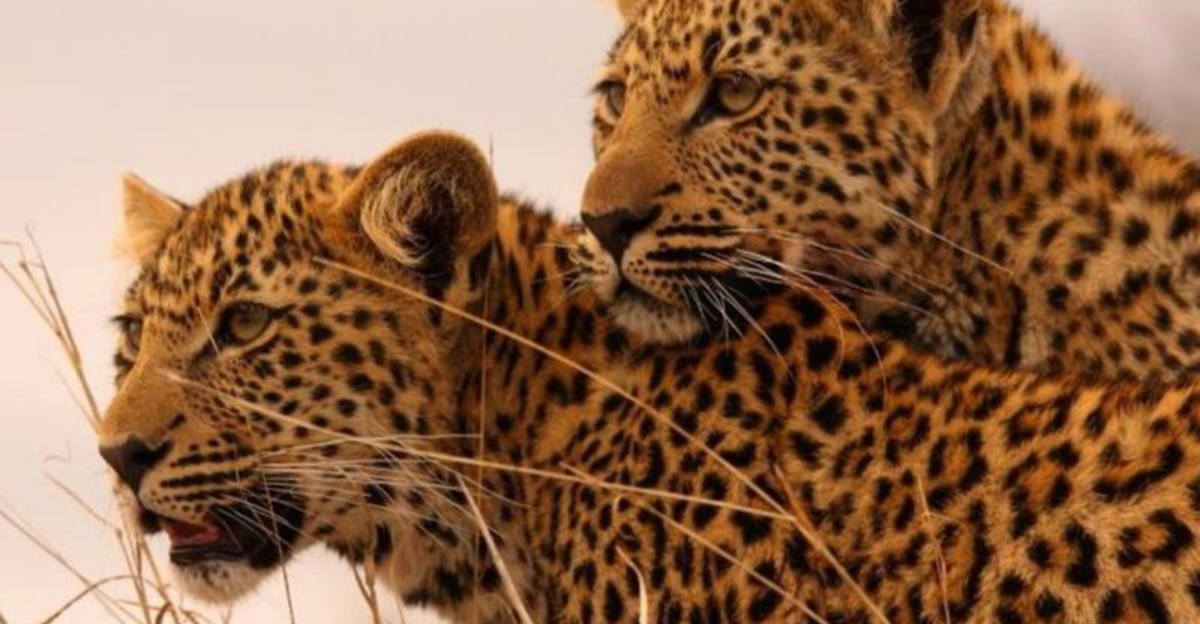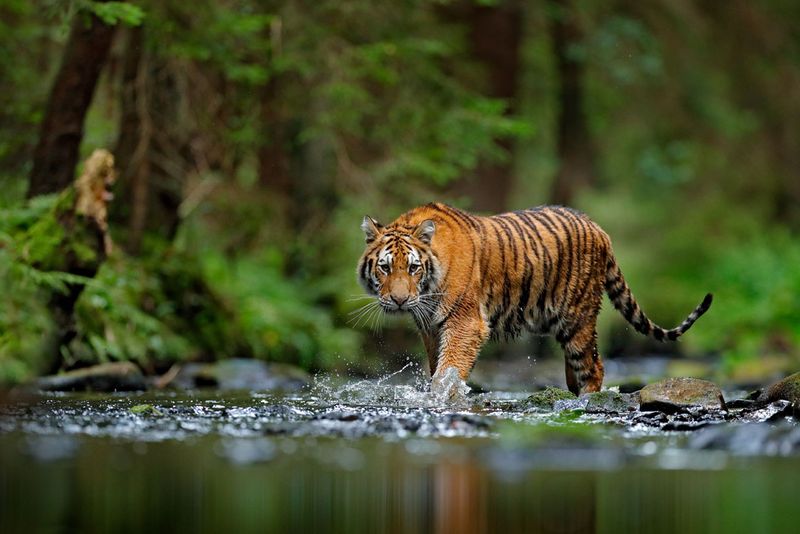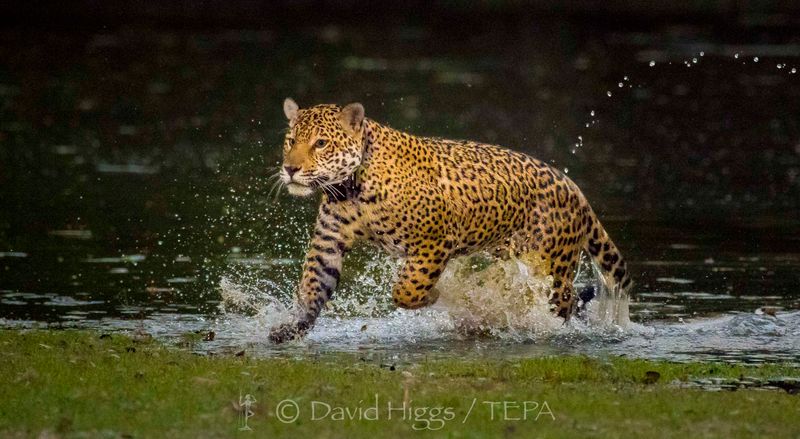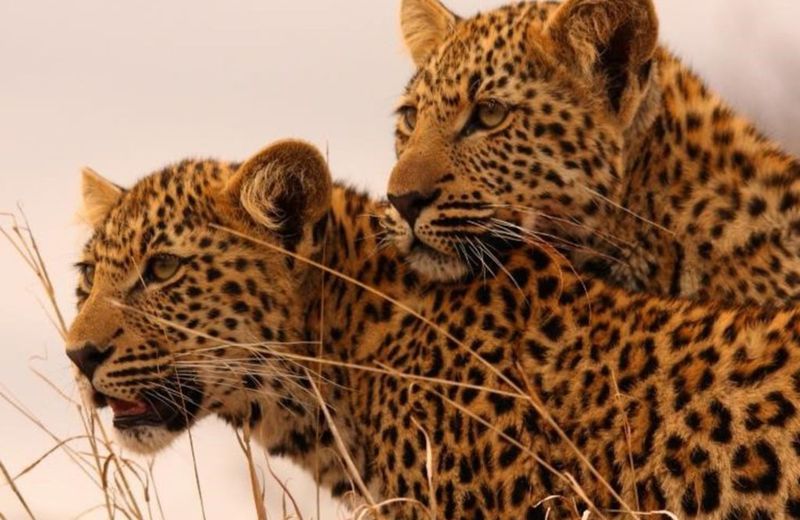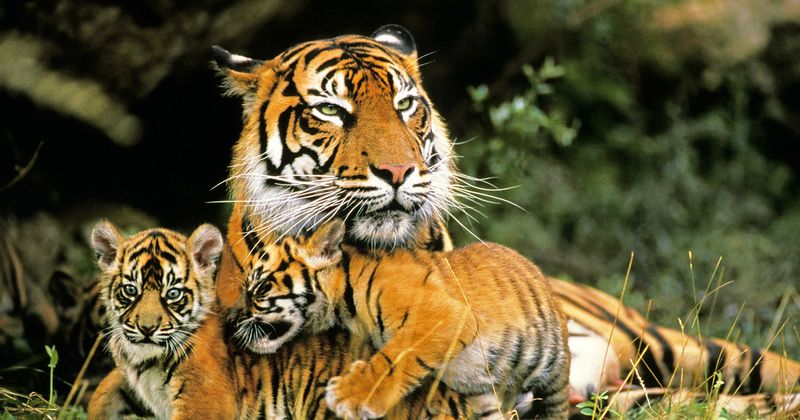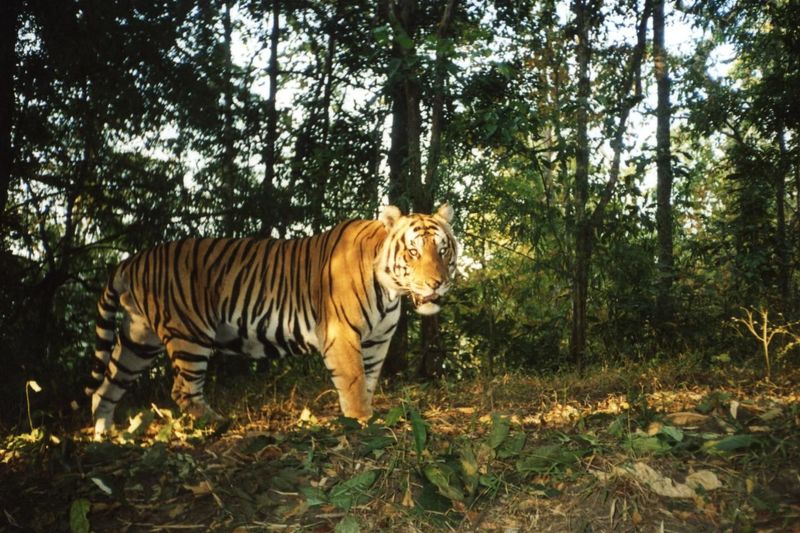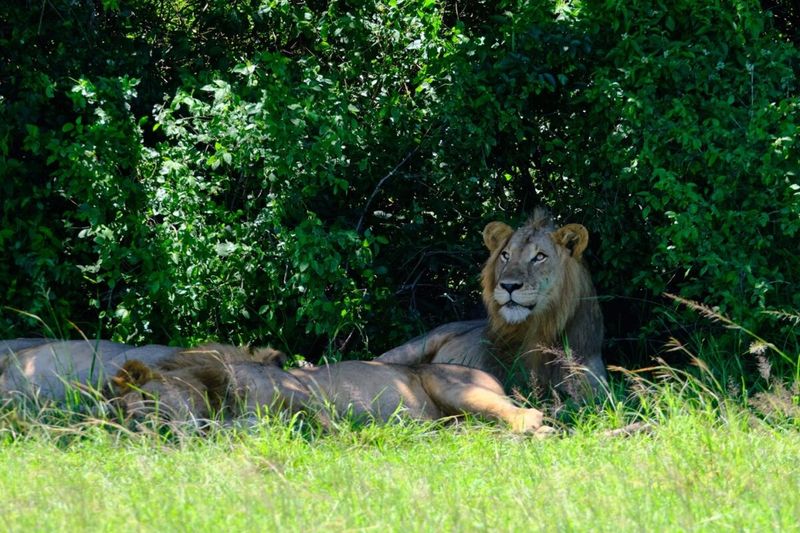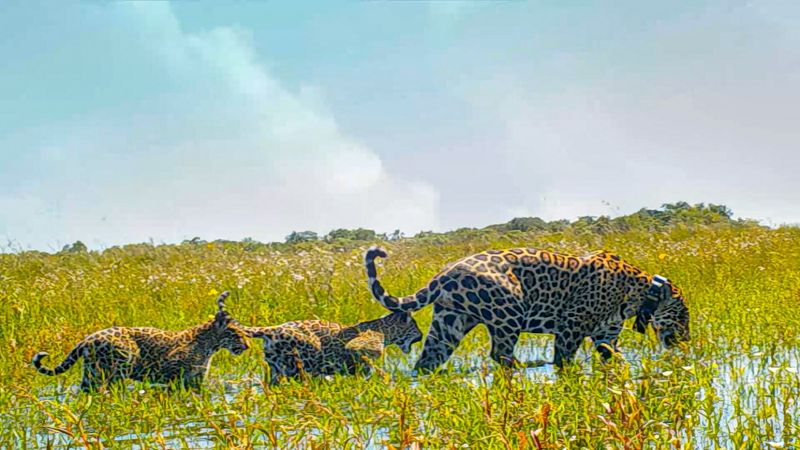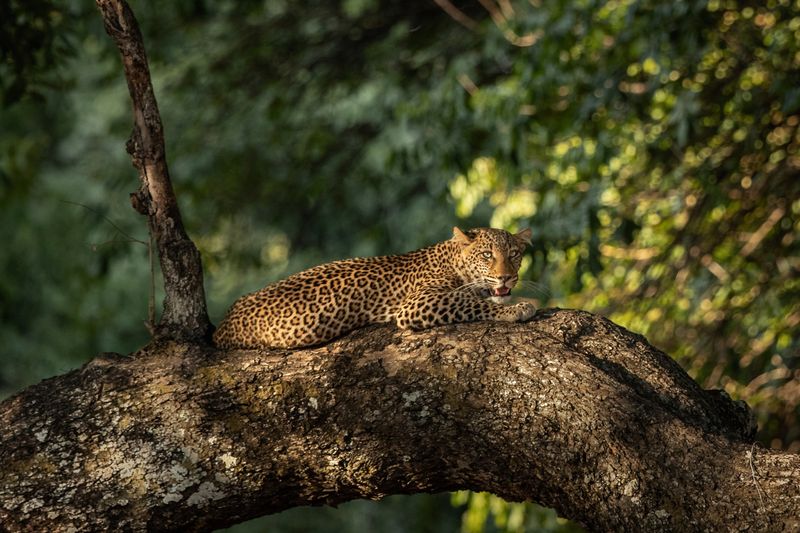📖 Table of Content:
Big cats have long captured the imagination of wildlife enthusiasts around the globe. From the elusive snow leopard to the powerful jaguar, these apex predators symbolize both natural majesty and ecological balance. But behind their beauty lies a troubling reality—habitat loss, poaching, and human-wildlife conflict threaten their survival at alarming rates.
Conservation-minded travelers have a unique opportunity not just to witness these majestic creatures, but to actively support the efforts that keep them alive. Around the world, several countries have stepped up to become safe havens for big cats, combining ethical tourism with habitat restoration, anti-poaching efforts, and community education. These destinations don’t just offer extraordinary wildlife encounters—they are proof that thoughtful travel can be a force for good.
Whether you’re dreaming of tracking tigers through the jungles of India or watching a jaguar prowl the riverbanks of Brazil’s Pantanal, your journey can support a global mission to protect endangered species. Conservation tourism, when done responsibly, empowers local communities, funds critical research, and fosters a sense of shared responsibility. The following countries stand out for their innovative and impactful work in big cat conservation, offering opportunities to experience these animals in their natural environments while contributing to their preservation.
1. India
India remains a cornerstone of global big cat conservation, housing five major species: tigers, lions, leopards, snow leopards, and cheetahs. Its national initiatives, especially Project Tiger launched in the 1970s, have had remarkable success, doubling the tiger population over the last decade. In 2023, the formation of the International Big Cat Alliance (IBCA) reinforced India’s role as a conservation leader. Sanctuaries such as Ranthambore and Jim Corbett allow visitors to witness tigers and leopards in the wild, while supporting local economies. The Gir Forest in Gujarat is the last refuge of the Asiatic lion, another critical species under India’s protection. Snow leopards, rarely seen, inhabit the high-altitude regions of Ladakh and Himachal Pradesh, monitored by specialized conservation teams. India’s commitment blends science, policy, and community outreach, making it a global model for big cat protection.
2. Brazil
Brazil sets the stage for jaguar conservation with its vast Pantanal wetlands offering the highest density of wild jaguar sightings in the world. Tourists flock to this region not only for the thrill of spotting big cats but also to support programs like Onçafari, which pairs ecotourism with scientific tracking. The Brazilian government and NGOs collaborate to reduce conflicts between jaguars and ranchers, a common issue in this biodiverse ecosystem. Observing a jaguar swim or stalk along a riverbank in the Pantanal is both exhilarating and humbling. Conservationists employ camera traps and drones to monitor movement patterns and promote coexistence with local communities. Unlike many other habitats, the Pantanal offers high visibility and reliable sightings, making it a prime destination for wildlife lovers. Brazil’s efforts showcase how predator preservation and tourism can align harmoniously.
3. South Africa
South Africa delivers powerful lessons in ethical wildlife interaction through its celebrated national parks and private reserves. Kruger National Park stands as one of the best places on Earth to see lions, leopards, and cheetahs in their natural environment. Beyond game drives, sanctuaries such as Shamwari emphasize animal rehabilitation and public education. These efforts focus not on profit, but on giving big cats a second chance at a wild or semi-wild life. Conservationists often work hand-in-hand with rural communities to reduce poaching by offering alternative livelihoods. Photographers and wildlife enthusiasts benefit from close encounters that also fund long-term environmental programs. South Africa’s framework proves that sustainable tourism can actively safeguard the continent’s most iconic predators.
4. Indonesia
Indonesia, often recognized for its rainforests and marine biodiversity, also plays a pivotal role in protecting one of the world’s most endangered cats—the Sumatran tiger. This elusive species finds refuge in Kerinci Seblat National Park, which boasts the highest tiger occupancy rate in Sumatra. Dedicated rangers patrol these dense forests daily, removing snares and preventing illegal logging that fragments tiger habitats. Conservation strategies include community education and forest-friendly agriculture to lessen human-wildlife conflict. Researchers rely on camera trap footage to study behavior and adapt strategies in real-time. The park’s rugged terrain makes sightings rare but meaningful for those seeking authentic experiences. Indonesia’s multifaceted approach shows how determination and global partnerships can preserve even the most threatened species.
5. Thailand
Thailand brings new hope for the Indochinese tiger, a subspecies once feared to be extinct in the wild. Recent discoveries in Huai Kha Khaeng Wildlife Sanctuary revealed breeding populations, validating years of intense conservation efforts. Anti-poaching units equipped with advanced surveillance gear ensure a constant protective presence across the sanctuary. Efforts extend beyond the sanctuary borders, with educational campaigns helping local communities understand the value of tiger conservation. Habitat corridors are being restored to connect isolated tiger populations and expand their range. For travelers, visiting these sanctuaries supports continued research and policy work. Thailand’s success reflects how modern technology, traditional knowledge, and international funding can converge to revive near-lost populations.
6. Uganda
Uganda brings something uniquely mesmerizing to the conservation scene with its tree-climbing lions in Queen Elizabeth National Park. These lions, seen lounging in fig and acacia trees, attract eco-conscious travelers from around the world. Revenue from tourism helps fund ranger patrols and scientific monitoring in this rich savannah ecosystem. Lion conservation is closely tied to community development, with programs providing education and employment to reduce reliance on poaching. Organizations collaborate with pastoralists to mitigate conflicts between livestock and predators through non-lethal deterrents. Photographers are drawn to the rare sight of a lion basking in a tree, a behavior still not fully understood. Uganda’s focus on harmony between humans and wildlife continues to protect one of Africa’s most curious big cat populations.
7. Argentina
Argentina’s Iberá wetlands offer a powerful example of rewilding, where jaguars have been successfully reintroduced after nearly a century of absence. Conservationists at Fundación Rewilding Argentina lead these efforts, raising and releasing captive-born jaguars into carefully monitored reserves. These projects incorporate traditional knowledge from indigenous communities who now serve as stewards and guides. Local economies benefit from the growing interest in eco-tourism, driven by visitors eager to glimpse a jaguar roaming free. The success of these programs depends on habitat restoration, which also benefits hundreds of other species. Jaguars here serve as umbrella species, meaning their protection supports broader ecosystem health. Argentina demonstrates how rewilding isn’t just possible—it’s vital.
8. Zambia
Zambia offers one of the most intimate big cat experiences on the continent, especially for leopard lovers. South Luangwa National Park, famed for its walking safaris, allows visitors to explore predator-rich landscapes with expert guides. The region’s conservation model is rooted in community-based management, giving locals a direct stake in protecting wildlife. Night drives provide unique opportunities to observe nocturnal behavior, particularly of the elusive leopard. Local lodges often reinvest profits into education and anti-poaching efforts, creating a cycle of positive impact. Conservation organizations work to reduce snaring and bushmeat hunting through awareness and alternative income programs. Zambia stands as a testament to how deep engagement with both nature and community can lead to enduring success for big cat preservation.
